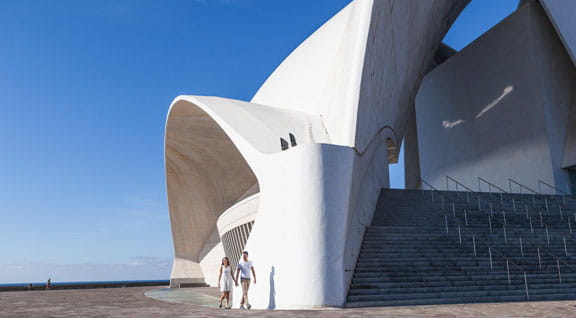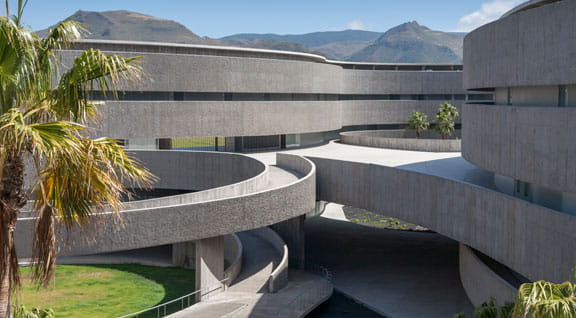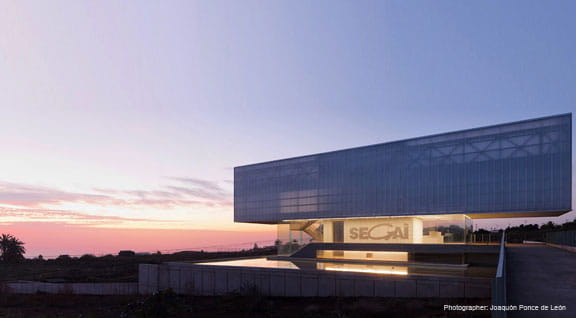Traditional styles are timeless. And this is particularly true in architecture. This is what makes strolling through Tenerife's historic town centres such an enriching experience. Among the most illustrative examples are the historic quarters of La Laguna, a UNESCO World Heritage Site, Garachico which has won several Gold Medals for Fine Arts since 1980, and La Orotava as a declared Historic-Artistic Site. The hamlet of Masca is another traditional architectural settlement of significant value, set in a stunning landscape with beautiful white houses dotted here and there. Although much of the traditional Canarian architecture was influenced largely by Andalusia and Portugal, it soon took on a character of its own. The stately homes and some of the more humble houses show beautiful examples of Canarian balconies made of the local Canarian pine wood. These balconies can be found all over the Island, but those in La Orotava deserve special mention, particularly when they are carefully decorated during the Corpus Christi celebrations, as well as the balconies that adorn the façades of San Cristóbal de la Laguna's most illustrious buildings. Another traditional feature are the inner patios with their gardens, some of which are enhanced by wooden verandas on the top floor. These patios were the hub of family life, as, in addition to letting in light and fresh air, the most wealthy homes had their own well supplying water for the whole house.
Tenerife's traditional architecture is generally characterised by masonry load bearing walls and stone slabs at the corners, using pine wood for features and Arabic roof tiles or the more typical Spanish curved tiles.
As for official religious architecture, Tenerife is home to an array of buildings that reflect the different artistic trends of their times, from Baroque churches to Neoclassical and modernist constructions. These influences were also taken on by the wealthier families, who included them in their homes as a form of ostentation. Come and see it all for yourself!


